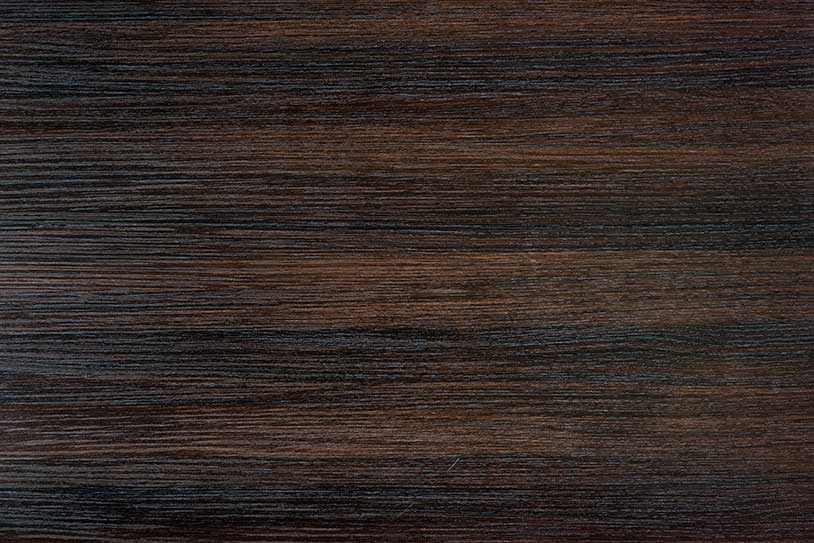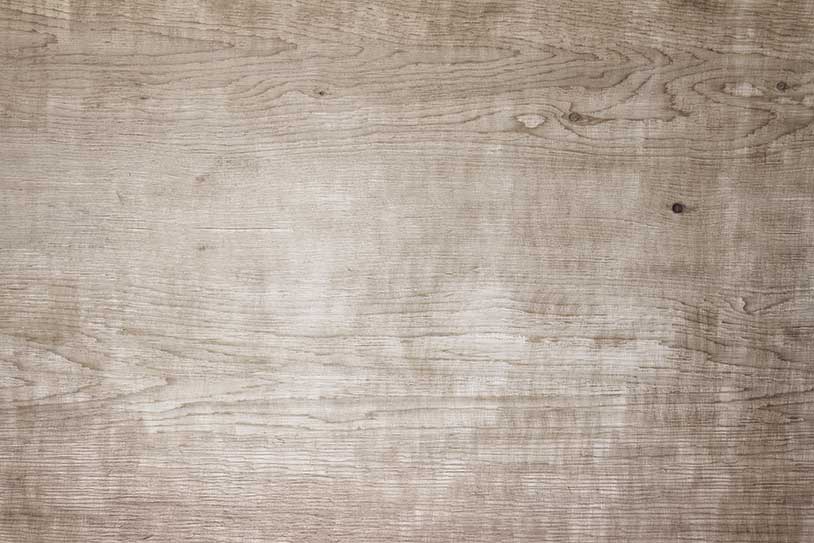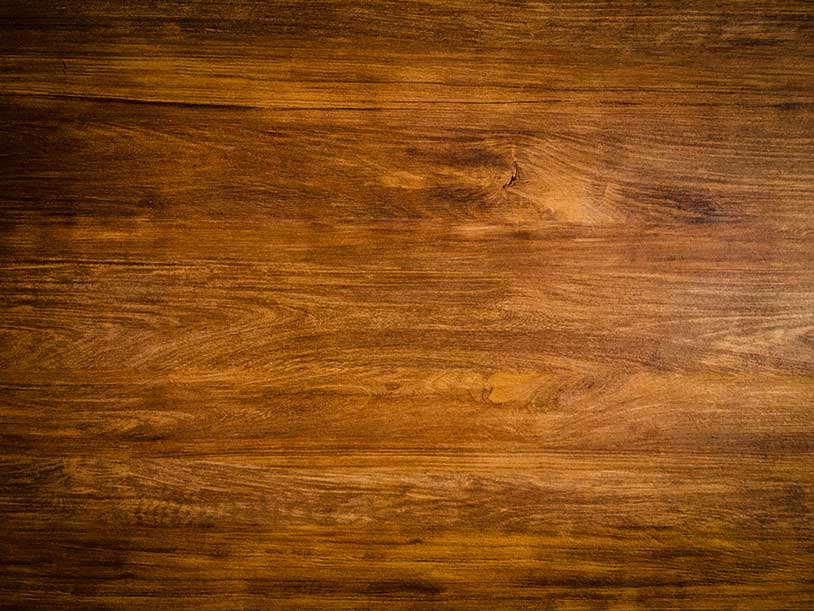Walnut wood is revered for its stability, durability, workability, beauty, versatility, good shock resistance, and acceptable bending qualities. It’s the go-to lumber for carvings, flooring, gunstocks, furniture, and wood veneers. But do these qualities and uses justify walnut wood’s sky-high prices?
Walnut wood is expensive because it is scarcer to find than other hardwoods. Its 12-inch per year growth rate means it matures more slowly than other hardwoods. This factor and unsatisfiable demand have caused walnut wood prices to rocket. Walnut wood prices will continue soaring if demand rises faster than the supply.
Please read on to discover more about walnut wood, including its uses and why it has become so expensive.
Is Walnut More Expensive Than Oak?
Yes, walnut is more expensive than oak. The primary reason walnut wood is so pricey is that it is in high demand yet in low supply. Compared to other wood choices like maple and oak, walnut wood grows slower, hence not readily available in the market. Walnut lumber is also shorter, requiring you to buy several of them to make furniture.
Black walnut trees, for instance, can take up to 60 years to mature, while other hardwoods mature within a decade. Below are the average maturity dates of other hardwood trees.
- Oak – 30 years
- Maple – 25 years (Red maple)
- Hickories – 10 years
- Ash – 16 years
- Mahogany – 25 years
The mentioned economic maturity years are only estimates. The harvest time for hardwoods depends on many factors, including soil type and tree management.
Many people still love walnut lumber because of its indisputable natural qualities. It’s stable, versatile, and naturally beautiful, giving appealing furniture finishes to the eye.
What Is The Cost of Walnut Wood?
The cost of the American Black walnut wood, since they’re the most valuable, ranges between $5.25 to $12.50 for S4S lumber (board foot). This price range brings the average cost for walnut wood to $9 per board foot.
S4S lumber stands for the surface on four sides. It is an indication that your walnut wood is ready to work with only a few additional changes, perhaps to straighten it. The wood comes prepped, primed, and planned for use.
That said, the actual cost of walnut wood may vary depending on various factors. These include:
- The type of walnut wood
- The seller’s location
- Dimension and size of lumber
- Restrictions regarding the transport of walnut timber
Why the Demand for Walnut Wood Is High
The high demand for walnut wood is partly to blame for its exorbitant price. But why do people still love it despite the presence of cheaper alternatives like oak wood?
The reason for walnut wood’s high demand lies in its natural qualities. Here are the advantages of walnut wood that contribute to its high price tag.
- Walnut wood is famous for its rich, dark/brown color, giving any space a luxurious look. The color variations available in walnut wood depend on the part of the tree it came from. Sapwood is usually light, while heartwood colors range from dark brown to light brown with different streaks, including purple, reddish, and gray.
- Walnut is very durable and will serve you for years. This type of hardwood can withstand harsh outdoor conditions.
- Its aesthetic quality comes from the available grain patterns. You get regular and irregular grains.
- This wood is easy to work with. It gives excellent finishes, usually shiny and very smooth on touch.
- Walnut wood is resistant to decay. The wood doesn’t absorb or retain water and moisture, meaning it can stay outdoors.
Types of Walnut Wood
About 21 types of walnut trees grow worldwide. Some are rare, while others are prevalent. Below are the six most common types of walnut wood in the US.
English Walnut Wood

This type of walnut wood is common among woodworkers. English walnut lumber comes from the same tree that produces edible walnuts.
English walnut wood grains are irregular but usually straight with a medium texture. This wood may be prone to insects but is resistant to decay, making it ideal for furniture.
Black Walnut Wood

Among many woodworkers, the favorite walnut wood is the American black walnut wood, also called Juglans nigra. Although rare, this is the most valuable walnut wood, with its heartwood being more durable than most woods in the world.
Besides durability, black walnut wood offers stability, versatility, and shock resistance. Compared to English walnut wood, it doesn’t resist insects as much as its counterpart.
White Walnut Wood

White walnut wood, also called Spanish walnut, is light in color. It’s also lighter than the other walnut wood types but quite hard. It has open pores making it prone to insect damage.
This walnut wood is easy to work with, offers great dimensional ability, and has shock resistance.
Claro Walnut Wood

Other people refer to it as the California black walnut since it’s California’s most popular walnut wood.
This wood comes in various colors. The heartwood can be chocolate brown or light brown, with dark brown, reddish, or purple streaks.
The regular grains are easy to work with, durable, and resist decay. However, this wood is prone to insect attacks.
Bastogne Walnut Wood

This wood is a cross-pollination product between English walnut and Claro walnut. It grows faster than the two, giving its other name, the paradox walnut.
Bastogne Walnut’s lumber product is pretty strong, making it ideal for veneer and high-quality furniture.
What Is Walnut Wood Best For?
Walnut wood is ideal for flooring and making furniture/musical instruments. In furniture making, walnut wood makes dining sets, cabinets, and interior paneling. You can use walnut wood to make violins and guitars.
However, not every type of walnut wood is ideal for the above uses. For instance, English and white walnut wood are commonly used in furniture and decorative objects, while back walnut wood makes excellent cabinets.
Final Thoughts
Walnut wood is pricey because its demand outweighs supply. Walnut trees grow slower and take more time to mature than other hardwoods. The slow growth limits their stock in the market. On the other hand, these woods have high demand due to their durability, workability, and natural beauty.

